
“Despite the consolidation in the industry we’ve witnessed over the last few years, there is still over-supply at many levels of the distribution chain. Therefore it is likely that there will be further consolidation, particularly amongst suppliers and distributors.
Consolidation requires major funding, which means that either the big European distribution companies or more private investment companies such as LKQ or H2 will come into the industry to provide the financial backing these mergers/acquisitions will need.
Inevitably some traditional brands that operate in localised markets will disappear as a result of this market globalisation and it is likely that some ‘British’ brands could well be among these casualties.
The biggest challenge for suppliers to the independent aftermarket is to maintain their market share in the face of increasing competition from the original equipment suppliers (OES). Accurately cataloguing their parts will become an increasingly difficult process because access to the raw catalogue data from the vehicle manufacturers is so hard. Therefore parts manufacturers will have to join forces and work together alongside a cataloguing system such as TecDoc to remain competitive.
For the workshop vehicle diagnosis and the training of technicians are the major issues, but the tough economic climate is likely to lead to an increase in the average age of the car parc, which will bring with it additional aftermarket business.
Other opportunities for the industry will come from the new technology employed by hybrid and electric vehicles and the new products that will need to be serviced and repaired by workshops willing to make the investment required to tap into it.
It is vital that the repair side of the business develops new concepts to ensure that there is a large enough skilled workforce that is equipped with the knowledge and technical qualifications to be able to carry out the work that will be required.
On the supply side, an effective cataloguing platform is crucial.â€
Milko Wolf
Dayco Regional Sales Manager, North Europe
———-

“Denso recognises that the next five years will undoubtedly be a period of rapid change and development. Electrification will have a huge impact on the future of the industry, and will certainly help shape the future of our own business.
Looking forward to the next five years we envisage that the key themes for development particularly within our business will relate to stop/start, hybrid and clean technologies; safety and security such as monitoring driver health, collision avoidance technology; and a move towards a fully-integrated Human Machine Interface (HMI).
The biggest factors that are currently impacting on the future of our industry are the ‘mega trends’ of a growing, city-based world population. Technology remains a common thread across all themes that will continue to shape the automotive aftermarket, including issues such as increased connectivity, and the need to find alternatives to fossil fuels. Other issues that will continue to impact will be changes in consumer behaviour as well as the economic crisis.
Now is the time to invest in your customers. Training is an essential tool for us, and helps us to better educate our customer in advance of technological changes. We are doing all we can to arm our customers with all the advanced information we can so that they are better placed to get to grips with the technology and ultimately offer their customers an unrivalled and informed service.”
Paul Payne
Manager, Denso Aftermarket Sales UK
————
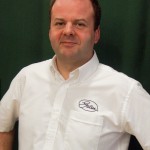
“There is gathering momentum towards a much better, and publicly recognised, accreditation for independent garage technicians. Government legislation and garage schemes are making bold efforts to raise the profile of the independent sector and the distribution chain should use this momentum to help raise the standard for the consumer, and help to provide longevity for the independent installer.
Consolidation of the various accreditations that currently exist with a view to raising the profile of the independent sector. A public awareness campaign should be planned, funded and executed with the aid and support of the distribution chain to ensure the independent aftermarket has a sustainable future. Too much uncertainty with regards to consumer choice still exists, despite the existence of essential legislation, such as BER.
Today the market is faced with growing price challenges with an increasing demand for lower prices for good quality products. The market relies upon installers supporting the distribution chain and offering the consumer quality products and real value. It is too easy to take cost out for the consumer where this may not exist in reality. This can then lead to lower quality products at lower prices. The benchmark for independent installers is the OE sector so cheaper maintenance does not need to become a reality.â€
Nick Racklyeft
Regional Manager, Gates
———-

“In February, Transport Secretary, Justine Greening, set out clear directives for the garage industry to move forward and to meet the expectations of motorists. She said, and I quote, ‘our garages are crucial to ensuring that Britain’s garages continue to be the safest in the world’. She also said: ‘Most are doing a good job but the latest data shows there is room for improvement.’
In order for garages to give motorists the very best information about their performance and to improve, they need to fully engage with their customers and use feedback to continuously enhance their services. I see in the coming years, good garages and dealers – even the small ones – increasingly using the latest feedback systems, online bookings for MOTs and servicing, and digital communications technology, such as social media tools, Facebook, LinkedIn and Twitter, not only to build a loyal customer base, but to find out what customers really think of their garage experience. Thankfully, there are accessible training schemes offering immediate benefit to garages and their customers, and cost effective tools readily available to start putting processes in place.
In the course of my work, I have spoken to and visited hundreds of garages and dealers and have found the good ones are ready to adapt, evolve and face the challenges ahead.â€
Rachel Greasby
General Manger, Forte UK & Good Garage Scheme
———-

“Predicting the future has never been an easy task. If it was, I’m sure we would all be millionaires. Just look at how the top economists and financial experts got caught napping in September of 2008. As the last three and a half years have proven, predicting the future appears to be more unpredictable than ever. That said, it is often far better to try to predict what might happen rather than wait for the inevitable. So what does the future hold for the aftermarket?
I am confident that the industry will be in a better place than it has been over the last three to four years. Whether this is the case rests with the aftermarket’s ability to continue to adapt and embrace change, whilst ensuring it serves the need of an increasingly educated customer base. If one thing is for sure, increased competition from OEM’s and their dealership networks is certainly likely to remain on the increase. Over recent years their focus has been on retaining customers by developing more effective aftersales programmes that entice owners to keep their vehicles in the network and out of the independent sector.
Understandably, independent garages need to not just sit up and take note, they must position themselves as having the capability and expertise to meet such a challenge head on. Increased competition will also continue to come from greater parts choice. The world is becoming an increasingly small place and the opportunity to source parts from all corners of the world is now the norm. Whilst the problem here rests with possible quality issues, the opportunity lies in the independent’s ability to meet the needs of the customer by supplying only the highest quality components from respected and trusted brands such as ACDelco.
Differentiation will also be key to those within the aftermarket that will not just survive but flourish. Indeed as this protracted downturn has shown, there continues to be successes, and I’m sure that for those who continue to demonstrate vision and marry this with the application of sound business acumen, they will continue to flourish well into the future.”
Lee Quinney
General Manager, ACDelco
———-
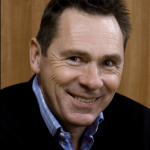
“Always tricky to predict. I read recently that government experts in 1900 predicted that by 1950 London would be knee deep in horse shit as they didn’t recognise the potential of cars to replace horses.
In the UK – clearly a number of factor companies competing on a national scale will have an impact. For at least a decade one of the largest aftermarkets in Europe did not have an effective, dominant national. That gap has now been filled, over filled in fact.
Four companies are actively expanding to have national cover. There is a threat to the local/regional independents who will get caught in the crossfire, membership of a buying group will not offer any real protection. Distributors/suppliers will come under severe pressure from the bigger players who will flex their buying muscle.
Credit will continue to tighten as bad debts increase. The automotive aftermarket takes it for granted that they will get credit from a supplier, in other industries it’s more often payment for delivery, or at most 30 days from invoice.
In many ways it’s a cyclical thing and we go right back to the days when names like Edmunds Walker, Autela, Partco, Godfrey Holmes, Brown Brothers etc, were all slowly failing. Over supply leads to all sorts of daft things, vans running around for very small sums of money, some garages taking advantage by placing the same order with several factors, the one that gets there first gets the business, and I bet in some cases depots from the same business, undercutting each other on price. It has happened before.
We cannot take it for granted that car ownership will increase, a frightening statistic recently that applications for driving tests are down 50 percent! To make things even tougher, internet sales of car parts, or even just price comparison, will put prices under sharp focus.
On the plus side, motorists will continue to look for real value. They will continue to turn away from dealers, or `stealers` as they are often referred to on internet forums. Hopefully they will turn to independent garages and have a good experience, many will seek comfort in a familiar brand offered by the big retailers or fast fit tyre companies. Companies that focus on sustained quality of products and service, matched with prices that deliver real value, will continue to succeed.”
Malcolm Rosher
Comline
———-

“We expect to see an industry that is leaner and more efficient than it is today. The current situation of ever increasingly competitive pricing and oversupply of parts will be squeezed by the need to reduce overheads by improving efficiencies throughout the supply chain. Improved use of modern technology and data accuracy will be the catalyst to this change. Unfortunately this will mean casualties along the way as we experience further consolidation in the parts distribution channel and further reductions in garage numbers.
The biggest challenge to all of us in the industry has to be the increasing complexity of vehicles. At the same time, this is also a major opportunity for those willing to embrace these changes. Being able to diagnose and repair these new modern vehicles quickly and efficiently will be the key differentiator in winning business and surviving in the future. Providing the required level of support to independent garages to allow them to achieve this is imperative.
Quite simply, increased knowledge and improved customer service levels. The numbers of opportunities to work on a vehicle are declining due to increased service intervals and the increased quality of OE components. It is therefore essential that vehicles are not turned away due to a garage’s inability to work on them. Investment in appropriate equipment is required and also the relevant training to support this investment. Attracting new customers and more importantly keeping them loyal will also become more critical and high levels of customer service will be the main differentiator after technical competence.”
Mark Heard
Bosch
———-

“We believe there will be a lot of consolidation in distribution in the UK automotive aftermarket and a move towards more national distribution. We hope the emphasis will move back to the benefits of fitting quality products such as those supplied by companies like KYB UK.
It will be a peak time for vehicles that were purchased new as part of the Government’s scrappage scheme coming into the aftermarket, which will represent great opportunities for independent garages and distributors.
Government cut-backs have also resulted in worsening road surfaces which will mean that more vehicles will be damaged in the future, again leading to extra repair work being carried out in the aftermarket.
We foresee more, young talented individuals coming into the industry at all levels; manufacturing, distribution and garages. This will hopefully bring a new dynamism to the industry.
There needs to be proper succession planning by the independent automotive aftermarket to deal with future challenges.
It is vital that the right levels of investment are made to keep up with the ever-increasing vehicle technology.
The proliferation of short ranges of cheap, lesser quality products is also a challenge to the leading parts suppliers while the rise of main dealers will represent a challenge to both distributors and garages.
Both garages and distributors need to embrace technology and have the right training to enable them to continue to prosper.â€
Matt Robinson
General Manager, KYB UK
———-

“As a tier one supplier to the top 25 OEMs worldwide, we see a rapid transition in vehicles moving from mechanically-driven hydraulic components to electro/electrical components. Delphi has been emphasizing for years there is a vehicle electronics revolution occurring and encouraged the entire channel to “prepare to repair.â€
Today, the electronics content on vehicles is at forty percent and predicted to increase to 60 percent in the next decade. It’s no longer a revolution, but a reality. This is true even on today’s entry level, lower priced vehicles.
In addition to the technology shift, we are seeing a service model evolution in the new aftermarket. For Delphi, our repair network grew to more than 1,000 Delphi Service Centres (DSC)and 4,500 Delphi Diesel Centres (DDC) in 2011.
DDCs, the hub of the Delphi service network, focuses on the complete overhaul and repair of common rail and electronic unit injectors. The DSC is the spoke of the Delphi service network working with DDCs, and its focus is on vehicle diagnostics and replacement. The DSC performs diagnostics and if there is a need for repair, the part in question is transferred to the DDC. In addition to Delphi components and systems, DSC’s are also equipped to repair all makes programs helping increase a garage’s capabilities, and in turn, their business.
How does the aftermarket need to change in the next five years to make the most of the available opportunities? Where is the aftermarket heading and how does it need to adapt?
In the next five years it is critical for the aftermarket to maximize its access to technical data and information. There should also be a concerted investment focus on specialized and vehicle-specific hand held tooling, as well as highly advanced testing and repair equipment, such as Hartridge equipment.
Training is vital to servicing the vehicle electronics reality. In fact, the increase in knowledge will continue to be a key catalyst for the transition of activity from the OEM network to the aftermarket. Proper and ongoing training means the aftermarket is kept up to date with the latest market and OE information.
The vehicle electronics reality is not going away. Vehicles will only become more and more complex, particularly with what Delphi identifies as “megatrends†– safe, green and connected technologies. In order to support these technologies as they enter the aftermarket after the warranty period is over, training and resources should be considered as an investment for future growth and profitability.”
Mike Rayne
Vice President, Delphi
———-

“At the moment most business sectors are struggling in the tough economic climate. Unfortunately I think this will mean over the next five years the weaker businesses in the automotive sector will disappear. (However this is the same with any industry) On the up side this will allow the stronger ones to develop further and make better margins than they have over the previous few years where margins have been squeezed
There are plenty of growth opportunities in the industry, business who diversify into other categories do very well such as bikes and hardware. Companies who have embraced technology are doing extremely well and large nationals seem to be doing extremely well with the reserve and collect in store service which keeps foot traffic coming through the stores. The challenges the industry faces is getting used to selling a quality product and not always thinking everybody wants cheap. It always tends to be false economy.
The industry just needs to move with the times. Proper staff training. Staff can no longer stand behind a counter just expecting to take money those days have been and gone, they should be trained in all products and be able to cross sell, and sell add on products. All independents need to add, added value to the end user either in the form of product knowledge, variety of products on other, specialist products etc that they can’t get in every major supermarket. Just trying to compete on price against the large supermarkets is asking for disaster. Shops should be clean and products well displayed, point of sale material should also be optimised.”
Ollie Page
Sales Director, JRP Distribution
———-

“The last few years have shown that predicting the future is far from easy. One certainty is that vehicles will continue to become more technologically advanced, particularly when it comes to fuel. Rising diesel prices could see lower capacity petrol engines using turbo or hybrid technology becoming more popular. Also, expect to see further progress in technology, such as regenerative braking, that utilises various power sources and improves fuel efficiency. For distributors this will mean adapting to different parts demand and technical knowhow.
With insurance premiums and fuel costs rising, running a car is increasingly expensive. One positive outcome has been the migration by motorists from franchised dealerships to independent garages. The question is whether this is temporary shift or more permanent. To encourage long term behavioural change, independents will need to invest in training, standards and equipment, so they’re well positioned to retain this custom once the economy improves.
Increasingly complicated vehicles will mean that technical competence will become even more important. Continual learning and skills development will be vital for technicians. You can see the technician of the future being seen in the same light as engineers, architects and programmers as a highly specialised profession. Using suppliers that can provide technical support, rather than just the lowest prices, will help garages future proof their business.
When it comes to parts supply, garages currently have a plethora of choice including the web. It’s doubtful the market can continue to sustain so many offline suppliers. Consolidation is inevitable and it will unfortunately mean many smaller factors find it harder to compete. As technology advances, those that adapt and focus upon a niche may well survive. We expect a landscape of fewer factors, dominated by larger distributors who will deliver a wider range of services.”
Steve McCann
Managing Director, CES
———-

“There is no doubt that the aftermarket is facing considerable challenges over the coming years due to technology changes on vehicles and also in the way that we do business. Over the last few years there has been consolidation within the industry and as a consequence those that have survived have had to adapt. In our sector of the aftermarket, rotating electrics, there are only a handful of true remanufacturers left; Autoelectro being one of them. Consolidation has resulted in poor local supply of components which has meant sourcing parts internationally and investing in facilities in order to maintain remanufacturing processes and to be able to remanufacture the latest starters and alternators that have the latest technologies such as smart charging systems and stop/start.
This process of consolidation has percolated through all areas of the aftermarket and has hit the motor factor and garage level. Over the coming years many outlets will close or be taken over. Survival depends on investment in the latest test equipment by garages and access to technical information. Similarly motor factors need to invest in computerisation and stocks. Computerised stock control is critical as parts become obsolete very quickly. Suppliers and factors need to work in partnership as factors will rely more on the proactive suppliers to give product support, technical information, etc. The days of buy it cheap, sell it cheap are numbered.”
Tony Bhogal
Autoelectro
———-

“The aftermarket challenges ahead of us will involve the changing nature of our parts, our logistics and indeed the business models which we currently operate in and around. The way in which parts are manufactured, distributed, sourced by the garage and the consumer are all likely to change in the coming years. With information more and more attainable and available, it will be interesting to see whether the investments our businesses are making today are the most relevant ones, or are in fact way off the mark.”
Adit Chopra
Autogem
———-

The industry will continue to improve its position in relation to the share of repair work – as long as it (the industry as whole) continues to educate the end-user about the cost benefits to be gained from taking the independent route.
Collectively, the industry needs to embrace the use of remanufactured products, not only to conserve raw material stocks, but to reduce volumes of CO2 emissions and the amount of scrap going to landfill. In order to do that, we have to develop the end users’ understanding about the quality of the alternatives. They need to understand that properly sourced remanufactured parts are as good as – if not sometimes better than – the original.
Two of the major challenges are a) improving the perception of remanufactured parts as a realistic alternative to new and b) continuing the development of skills levels at installer level in the independent aftermarket.
There is some sterling work being carried out by some members of the distribution network. The momentum must continue.
Steve Jarnet
Corteco
———-

“There is no question that many products throughout the aftermarket are over distributed and that the number of garage workshops is out of proportion to the size of the car parc. Although this has been a long running issue, the increasing complexity of the modern vehicle could well be a catalyst to change as both suppliers and garages at the bottom end of the chain are forced out of the market.
It is also likely that the economic outlook will remain depressed and the current period of austerity will continue for some years. This means that hard-pressed MOTorists will be watching what they spend on all but the most necessary of purchases for the foreseeable future.
Despite the obvious pressures that come with the underperforming economy, the car is a fundamental requirement for the majority of MOTorists and so those who rely on their vehicle for the daily commute, but need to save money when it is serviced, are likely to migrate from the dealers and into the independent sector, where the labour costs and parts prices are less expensive. This provides a real opportunity for workshops that are equipped (and those willing to invest in their businesses) to cater for vehicles between three to five years old, which incorporate some quite up-to-date technology.
However, MOTorists that switch to the independent need to have confidence in the quality of the parts used on the vehicle as well as in the technicians carrying out the work. Therefore, it is vital that workshops source their parts from suppliers that can provide components of matching original equipment quality and which are supported by good warranty conditions. This gives the workshop confidence in the parts and the MOTorist the assurance they seek.
The independent sector will only reap the benefits that the changing market presents by investing in their businesses, not only in the equipment necessary to service the modern vehicle, but also in trianing their technicians to be able to undertake the work.
They also need to back up these skills by only using high quality replacement parts.”
Dan Joyner
First Line
———-

“The two areas that the aftermarket needs to adapt in are training and technology. With the sales of smaller vehicles and hybrids increasing, and technological innovations moving swiftly and in some cases becoming standard (i.e. TPMS), the aftermarket certainly needs to adapt. The next five years are going to be extremely critical and unless garages invest in their staff by trianing them up to the required expertise in order to work on and change certain parts, then they are going to find it more difficult to carry out certain repairs on vehicles.
Service intervals are getting longer, for example some VW Golfs now only require a service every two years. This means that whilst the vehicles are on site they need to be checked over thoroughly, making the need for some form of diagnostic equipment a must. Having said this there are huge opportunities to be had by offering free winter and summer checks. These checks enable the garage to point out useful, ‘need to know’ information to the end user. This could range from why it is important to fit the correct specification of oil, to more importantly focussing on safety issues such as fitting springs and shocks in pairs. Other information may include changing cabin filters to make sure the air circulating in the car is clean and making sure the air conditioning is serviced and maintained. These aspects could essentially make the garage a “one stop shop†– a bit like a doctor, there to fix you but also to offer you advice.”
Wyne Jones
GMF
———-

“Predicting where the industry will be in five years time is something we are all interested in and many of us are influencing daily. Without going into too much detail the general theme we can see playing out is market consolidation, happening at all levels throughout the European supply chain.
We expect there to be fewer manufactures, producing a wider range of products in five years time. The economics of stock and distribution overheads alone will see this change happening as transport costs become an ever larger percentage of individual item costs. There will also be fewer distributors, the ones that remain will be larger, likewise there are likely to be fewer buying groups and trading alliances as natural market consolidation takes effect.
Today’s generally flat market conditions will remain as the norm for the aftermarket; even though the numbers of cars on our roads might still grow, increased component life and cheaper replacement vehicles at the bottom of the market will combine with ever higher fuel costs to result in an ageing car fleet being replaced as much as repaired.
Any significant growth will result from pro-active businesses taking additional market share, exporting into new markets, or introducing new products to the market.
How will the market change and adapt? A key focus has to be a stockless supply chain with multiple daily deliveries. The OEM’s have recognised the aftermarket opportunities and will increasingly seek new ways to leverage market share.”
Tony Wilson
Chairman, Klarius Group

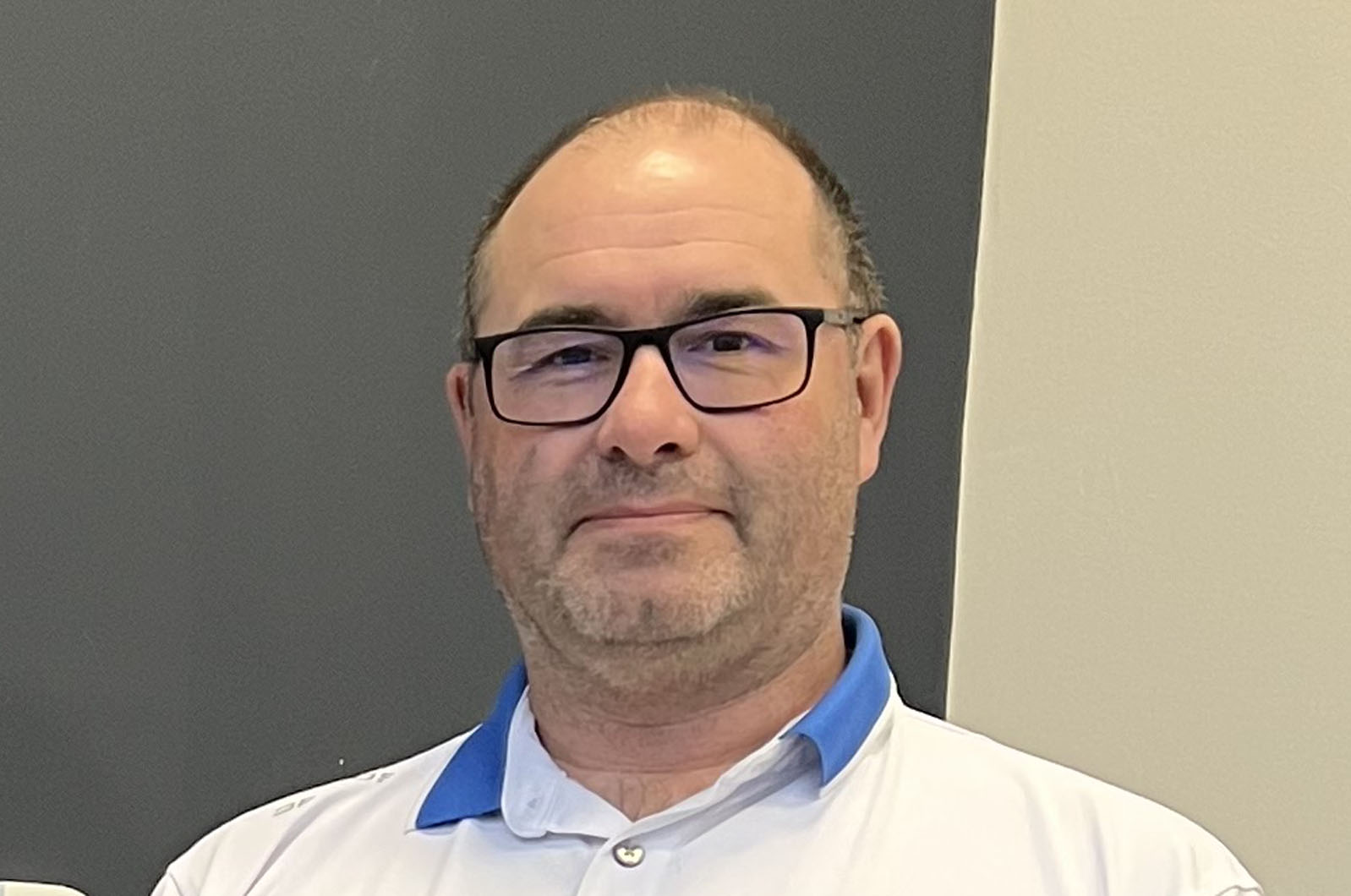
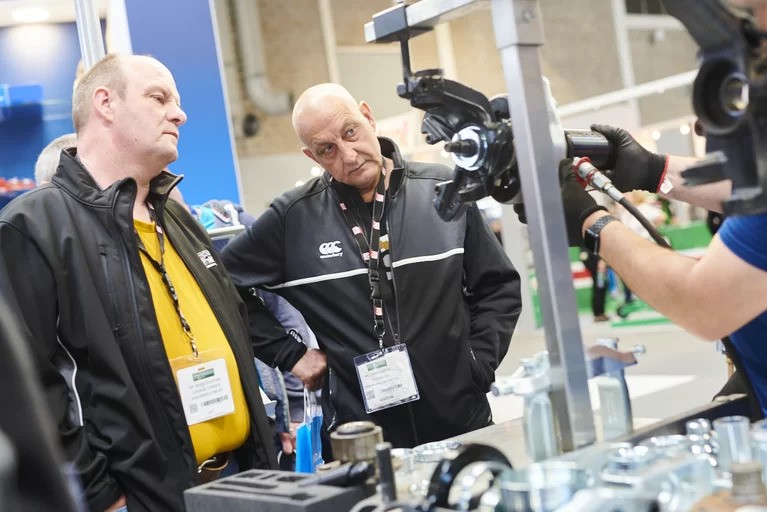
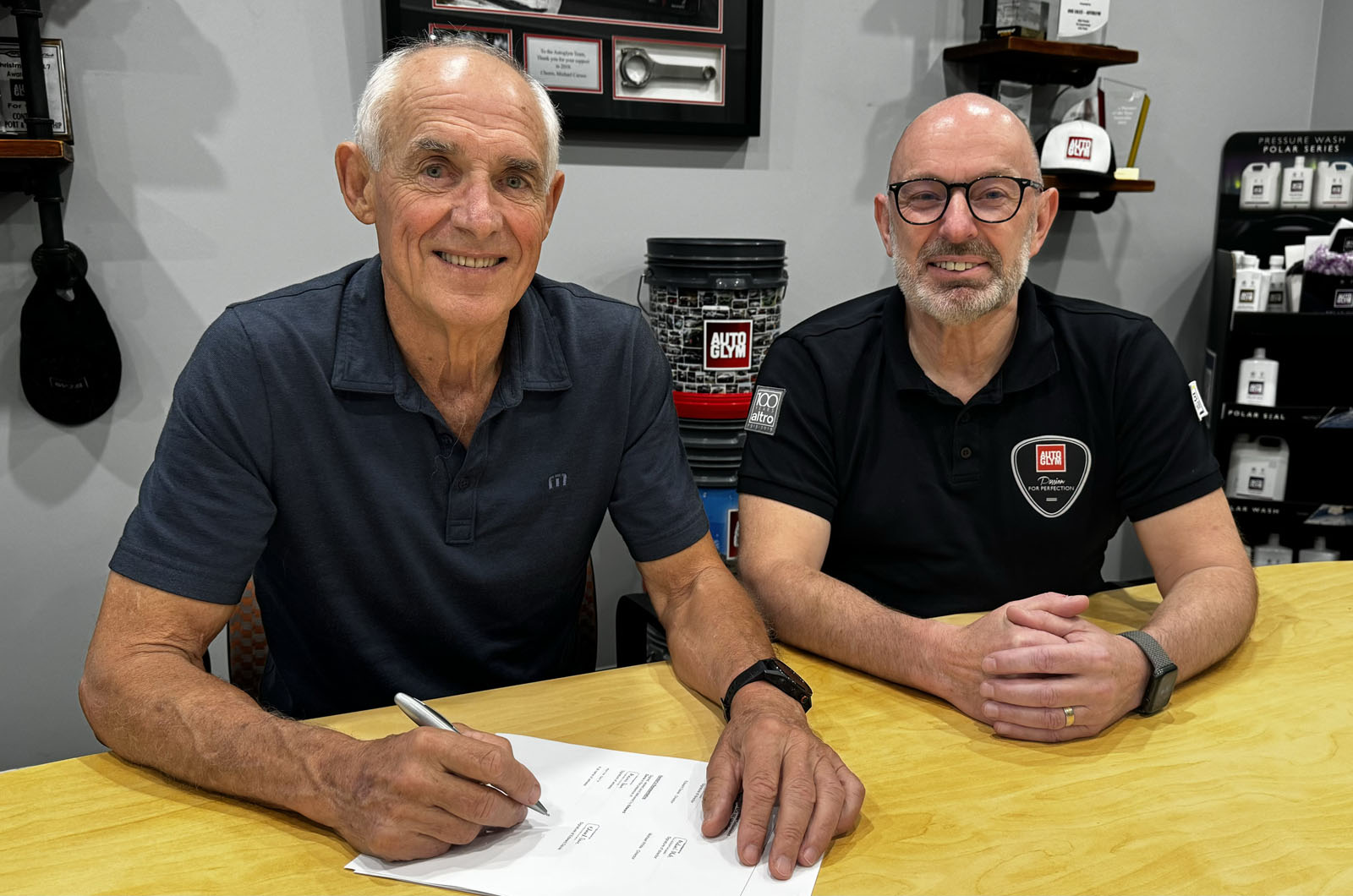
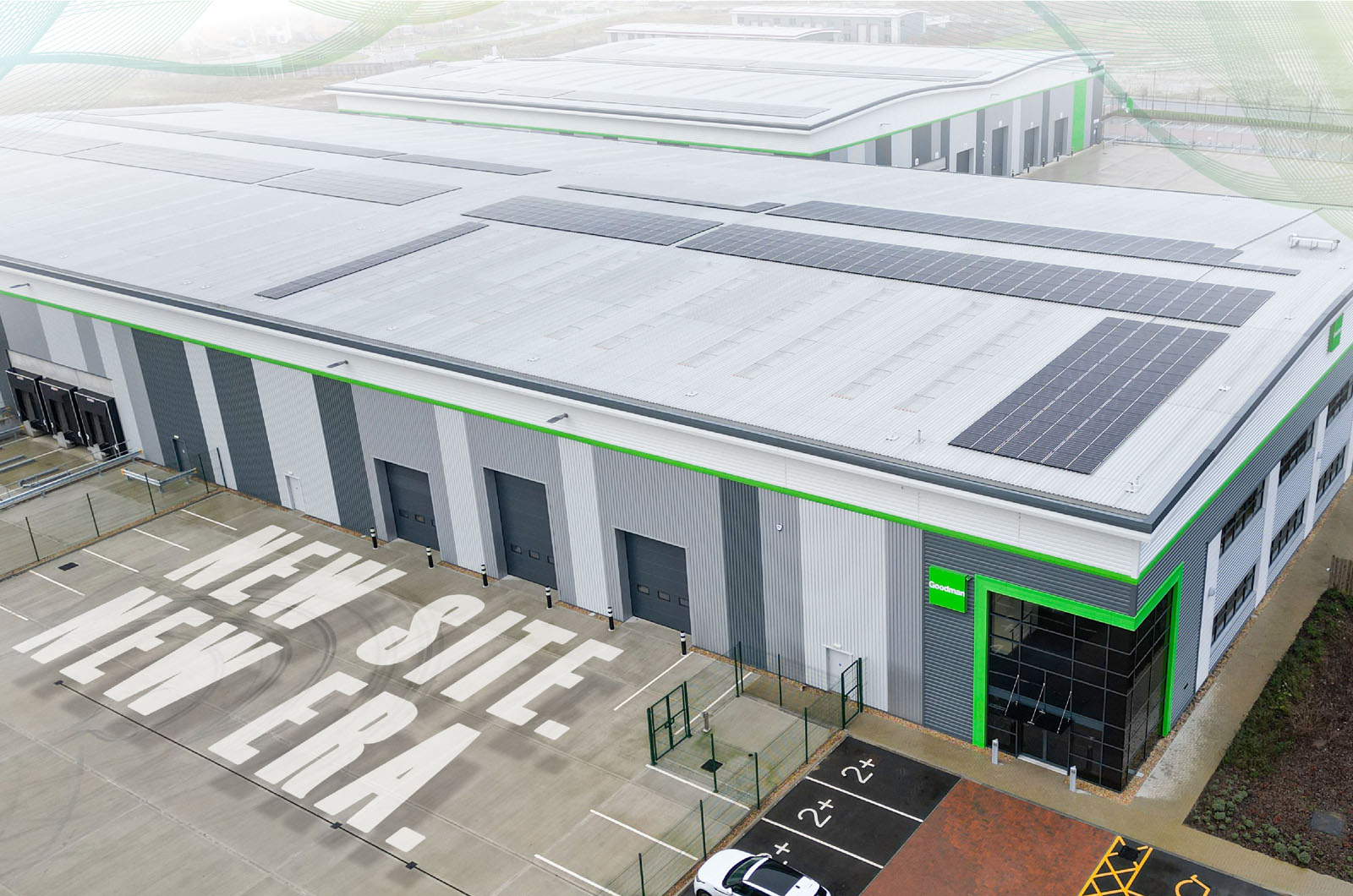
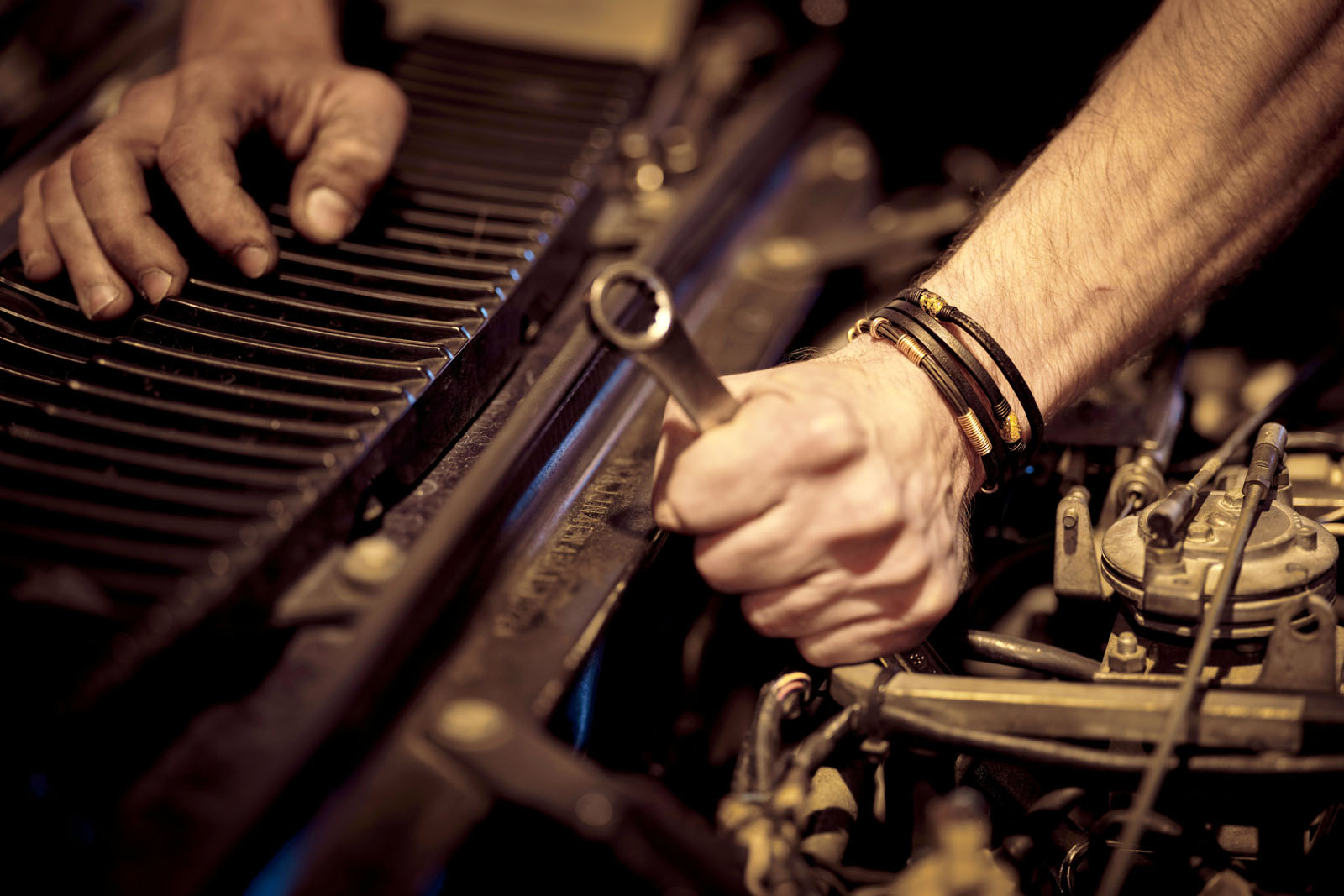




Go to comments